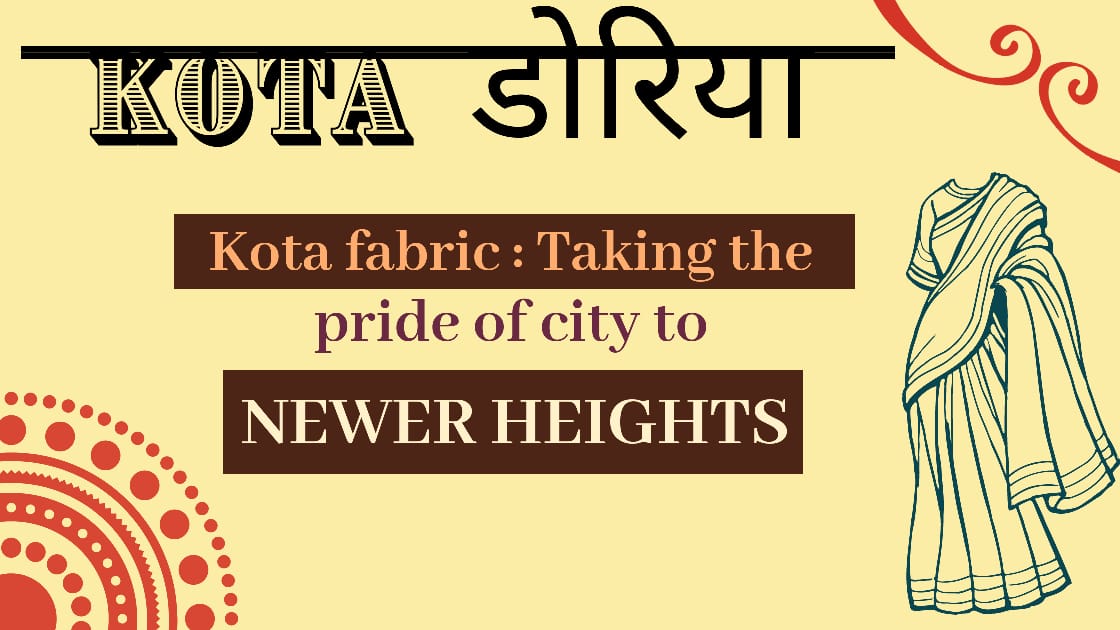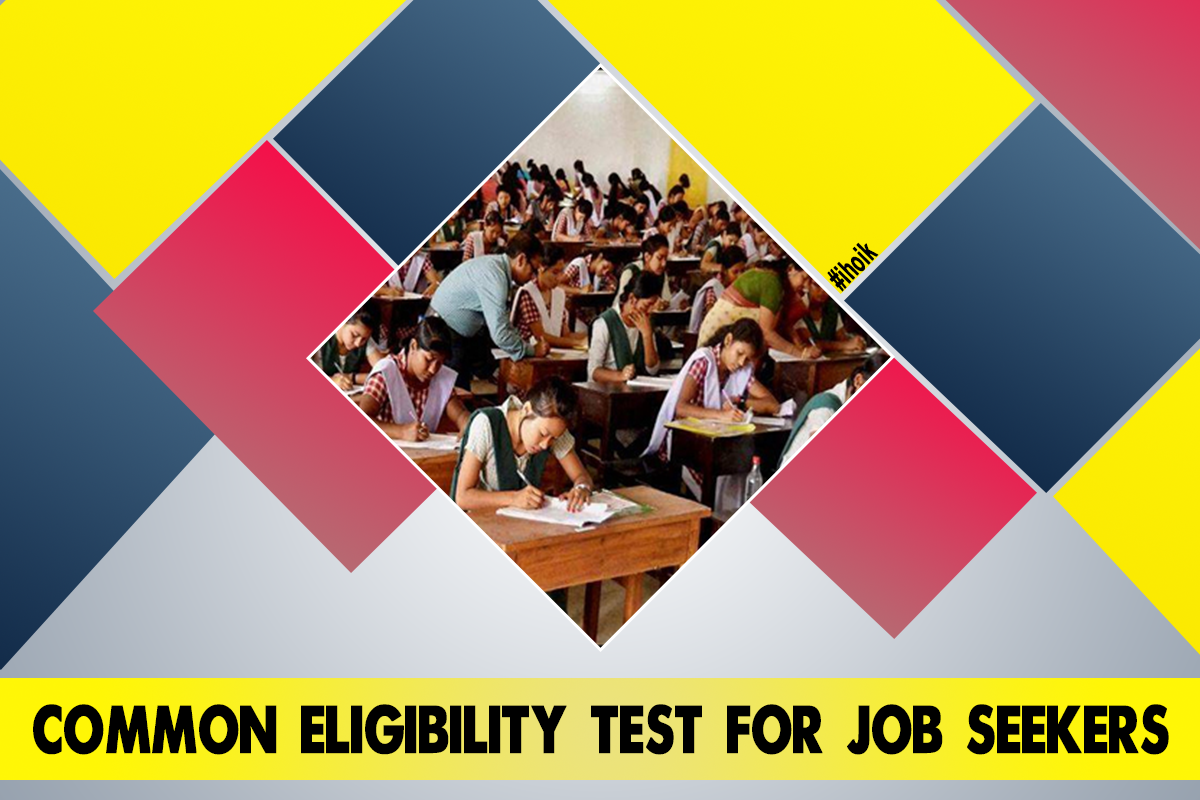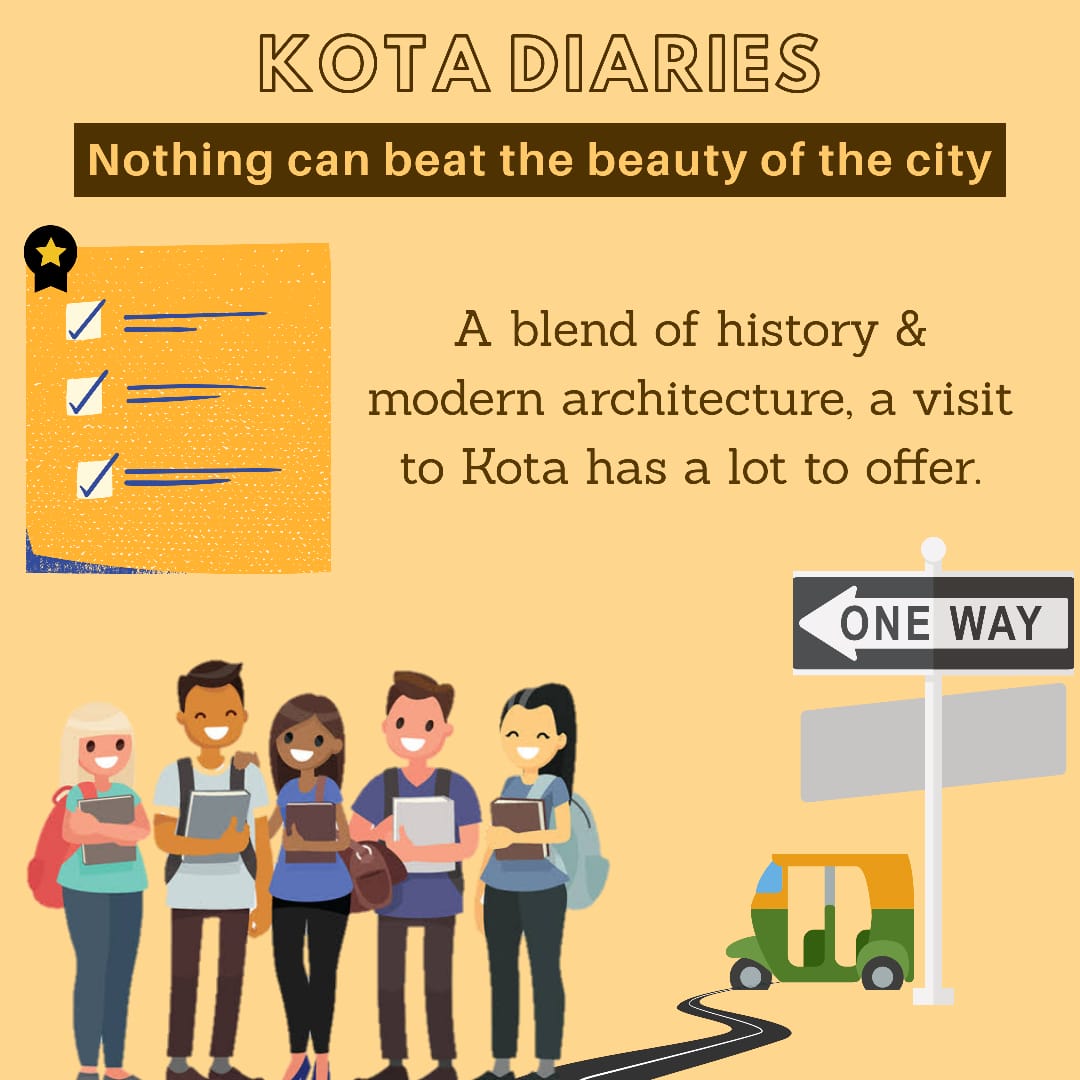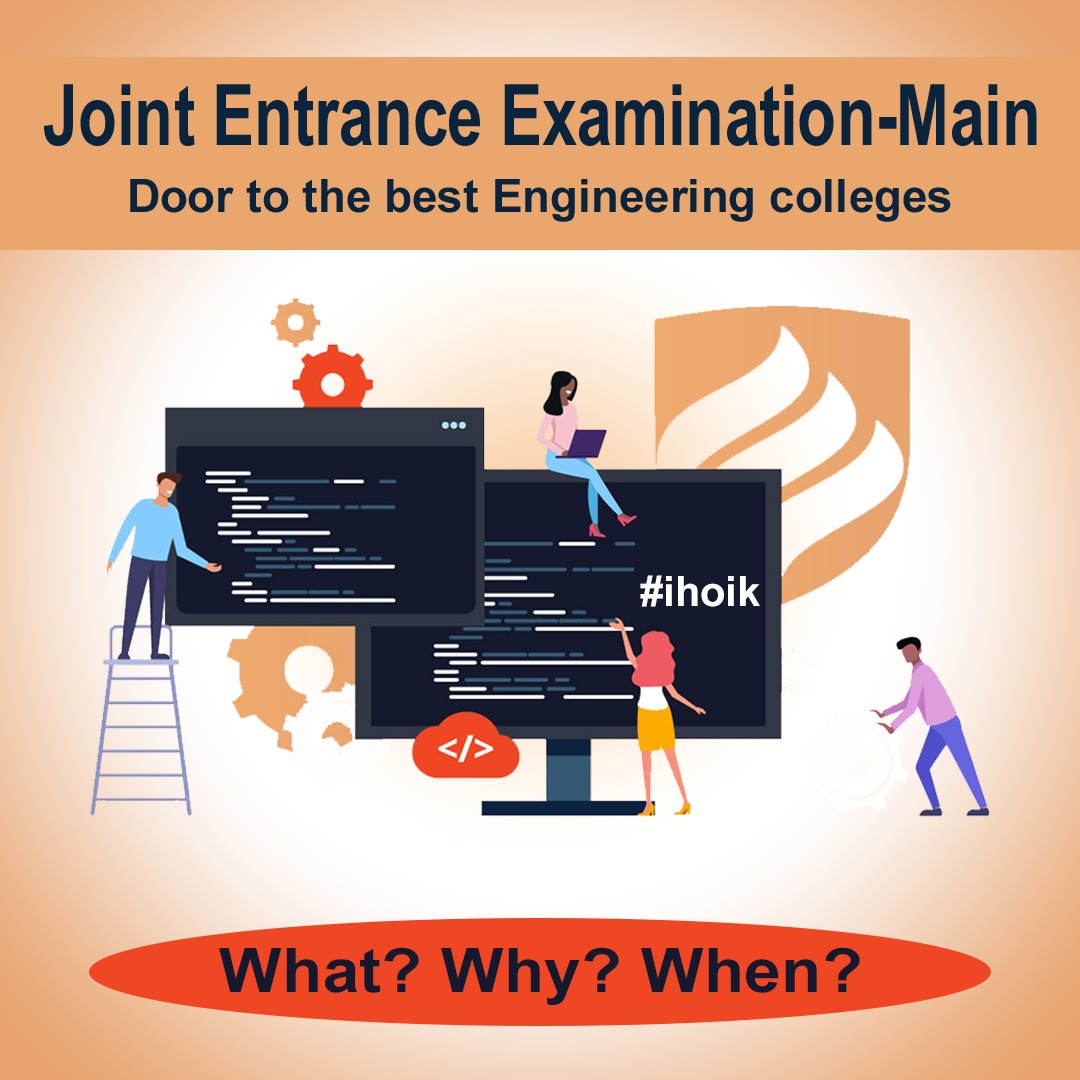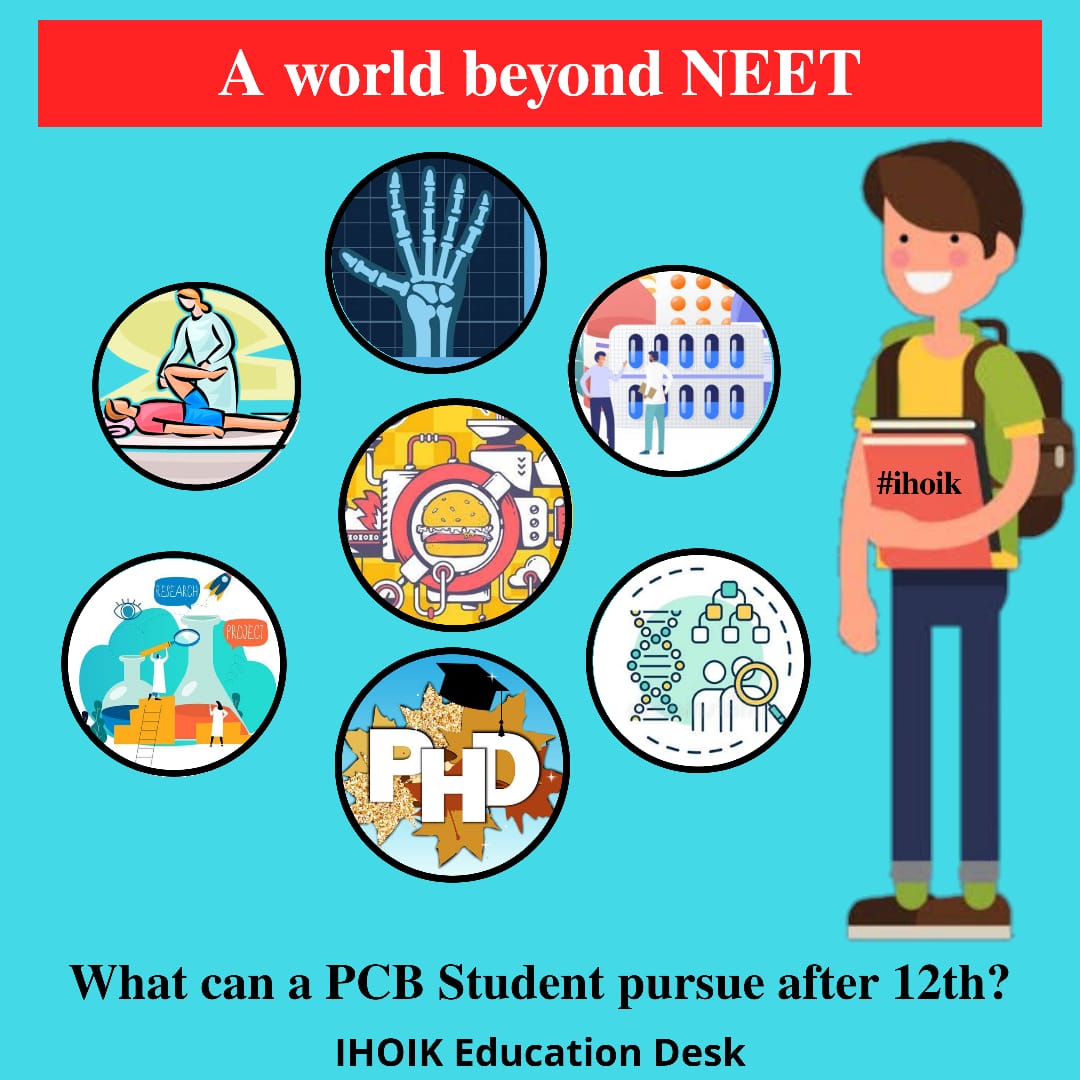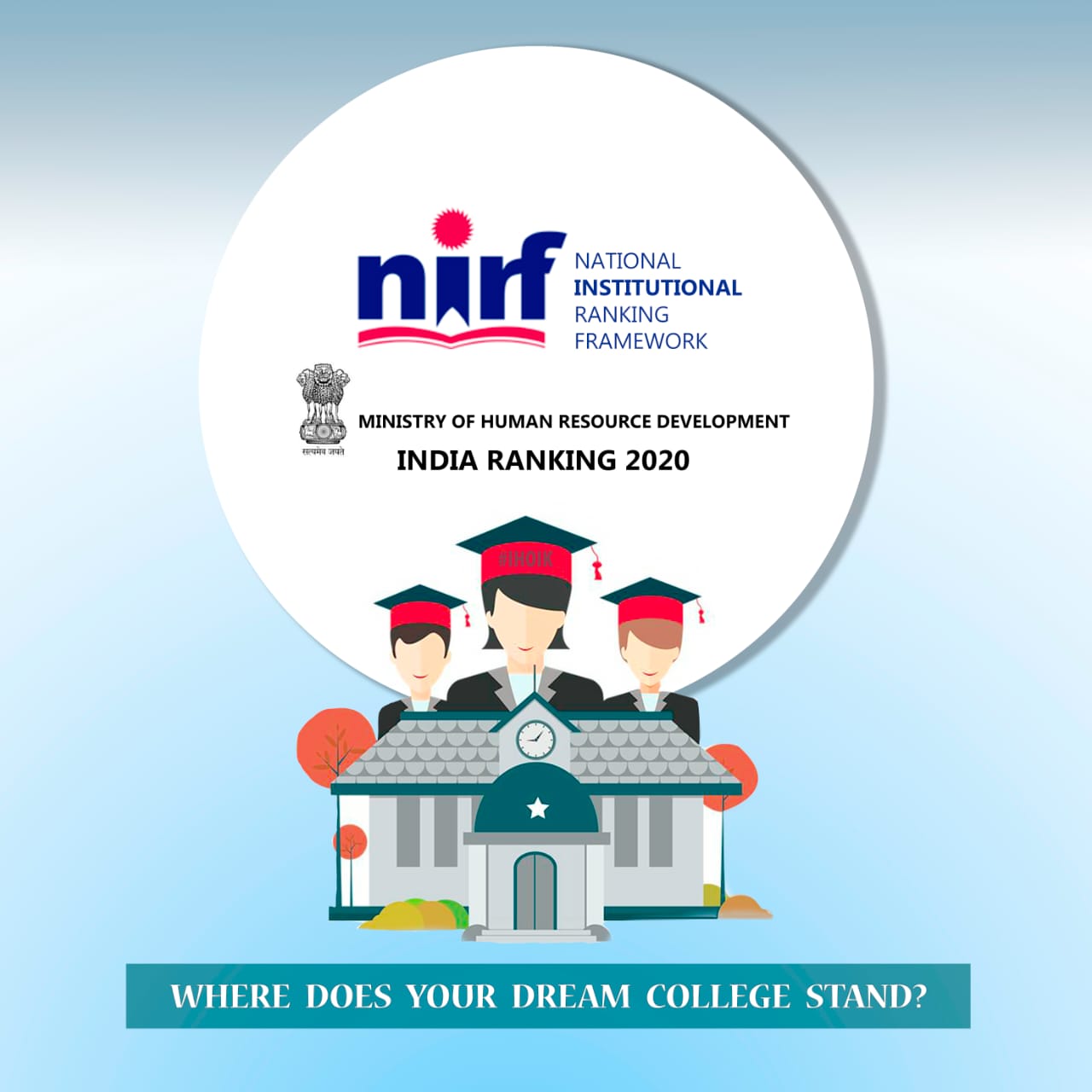‘Kota’, the education hub and the city of dreams. Situated on the bank of enchanted river Chambal, which is rich in indigenous flora and fauna, this city is a well-developed and a smart city. Many people think that Kota is all about studies and coaching institutes, which is a misconception. There are a number of beautiful places to visit and explore in this city. This city provides the students with numerous facilities ranging from multiplexes to global food chains which include essential services like hospitals, stadiums, sports complexes, shopping hubs and a lot more.
Multiplexes in Kota:
An equilibrium between study and entertainment is a must in order to ensure proper mental well being of an individual. We all have our unique ways of refreshing our minds. This part of the blog is for those who use movies as a way of refreshing themselves. There are a lot of multiplexes here and they all are famous for different facilities provided by them. A list of Kota multiplexes includes:
PVR- Cinemall
Located on Jhalawar Road. (The only multiplex with recliner).
Fun Cinema, City Mall
Located in Indraprastha Industrial Area, Jhalawar Road. (most prevalent in people).
Gold Cinema
Located in Aakash Multiplex, Aerodrome Circle, New Grain Mandi.
INOX : Ahluwalias The Great Mall
Located in DCM Road, Ramchandrapura, Dhanmandi. (Best Multiplex in Kota).
Mayur Cinema – Nayapura
A famous theatre located at Chatra Vilas Garden, Near Agarsen Circle, Nayapura, South
Carnival Cinemas Natraj
Suitable for kids and located at Station Main Road
Shopping Hubs:
Every year this city attracts a crowd of lakhs of students. Therefore, there is a complete arrangement to help them meet all their demands. Kota provides a diverse and wide range of shopping hubs where you can shop according to your budget. Some of which include:
City Mall
Located on Jhalawar Road. A lot of stuffs might seem to be a bit expensive, but the quality is outstanding. You mostly get to shop big brands at City Mall.
Cine Mall
Like City Mall, this place also introduces you to a world where you find products from the top-notch brands. There are a number of shops in the basement of Cine Mall where you will find everything, ranging from clothes to shoes at a cheaper price.
Ahluwalia – The Great Mall of Kota
The biggest mall of Kota and a great shopping option for shopping freaks. Here you can find stores of popular brands. It is located at DCM Road, Dhanmandi, Kota.
V-Mart
You will also find V-Mart in Kota with a number of branches in different areas such as Dadabari, Rangbari, Talwandi, Kunadi and Maharana Pratap Circle.
Vishal Mega Mart
One cannot simply ignore this place. You can find all the items of your requirements at a very reasonable price here.
Friends Bazaar
This place is quite famous among the students. Clothes, electronics, and every other item of daily use is available here at the best price. It is located in Mahaveer Nagar, Kota.
Central Square Mall
This mall is more famous for electronic items, especially for second-hand phones. You can also buy a new mobile phone and other electronic goods from this place. Located at Ballabhbari, Gumanpura, Kota.
Indira market
This place is the local market of Kota. Many people might be unaware about the existence of this market. It’s a little crowded and you may even face problems while finding a suitable parking for your vehicles but you can buy a lot of things at a very reasonable price if you are good at bargaining. It is located at Ghanta Ghar.
Global Food Chain:
Missing the magical taste of food cooked by your mom? Don’t panic! Though it’s true that there can’t be any replacement to ‘Ghar ka khana’ but the global food chain in Kota tries their best to satiate your hunger and satisfy your taste buds. ‘Kota’ this city has the solution to your every single problem like a self-sustainable system. Students from different parts of the country come to this place. As we know, our country has a diversity of culture and food pattern, the global food chain in Kota provides you with thousands of options to convince your craving for food and savor. It includes :
Domino’s
A perfect place to dive into a cheesy experience of thin bread crust with toppings according to your taste.
No. of branches : 2
Location: 1. City Mall, 2. Aakash Mall.
Mc Donalds
Famous for their crispy fries, smoothies and lip smacking burgers with a number of options for vegetarians and non vegetarians.
No. of branches: 1
Location: City Mall
Burger King
As the name suggests, this place is famous for its fresh bread burgers and chicken bowls.
No. of branches: 2
Location: 1. City Mall, 2. Ahluwalia – The Great Mall of Kota
Subway
Customized crust between the cheesy bread makes it the perfect place to try something new.
No. of branches: 1
Location: City Mall
Pizza Hut
Pizza Hut offers you with the best pan Pizzas and on point flavors. Their variety of stuffed crust pizzas might leave you awestruck every single time.
No. of branches: 1
Location: Cine Mall
Cafe Coffee Day
The perfect place to grab a cup of coffee to refresh your mind after a hectic day of studies. Try having a new beverage every time you visit CCD until you find your best coffee type.
No. of branches: 3
Location: (1)Cine Mall, (2)Mahaveer Nagar, (3)Central Square Mall, Gumanpura.
Barbeque Nation
A restaurant that is slowly emerging as a popular choice for people with a table d’hôte menu where you have to pay a fixed amount of money and enjoy unlimited starters, main course, and deserts.
No. of branches: 1
Location: Ahluwalias Great Mall, Kota.
Government Hospitals:
It is hard to escape the clutch of misfortune. A well-known proverb circulates between us “an apple a day keeps the doctor away”, but there are emergency cases where you need urgent medical assistance. So providing you with a list of government hospitals for any unfortunate urgencies.
Rampura Satelite Government Hospital
Location: Rampura, Kota.
Maharao Bhimsingh Hospital
Location: Nayapura, Kota.
Sahari Prathamik Swasthay Kendra
Location: Near Sabji Mandi, Vigyan Nagar, Kota
Govt hospital
Location: Govind Nagar, Kota Industrial Area, Kota.
Vaidya Dau Dayal Joshi Government Ayurvedic Hospital
Location: Commerce College Rd, New Rajeev Gandhi Nagar, Sector-A, Talwandi, Kota.
Govt Hospital Kunhari
Location: Ladpura, Kota.
Super Speciality Hospital Govt. Medical College Kota
Location: Ganesh Nagar, Kota.
ESI Hospital
Location: Jhalawar Road, Chhatrapura, Dhanmandi, Kota.
Government Colleges:
Kota is well known for institutes that provide the best ambience for entrance exams like NEET and JEE but as a district headquarter, it also has colleges for higher degrees. The list is quite long including
Government Medical College
Courses Offered: MBBS, MD Biochemistry.
Location: Rangbari Road, Kota.
Government Commerce College
Location: 65 A, Talwandi, New Rajeev Gandhi Nagar, Kota.
Rajasthan Technical University
Courses Offered: Engineering and Architecture, Hospitality and Tourism, Medicine and Applied Science
Location: Akelgarh, Kota.
Government Law College
Location: Swami Vivekanand Nagar, Kota.
Government College Kota
Location: Nayapura, Kota.
Government Polytechnic College
Location: DCM Road, Kota.
University Of Kota
Location: Sector-C, Talwandi, Kota.
Sport Complexes:
Sports is an integral part of our day to day lives providing students with a way to refresh and take a break from all the tensions that outweigh their mind. Some famous sports complexes of Kota are:
Singhania Badminton Hall
A place where you can polish your badminton skills with well maintained and clean environment provided with gym equipments.
Location: CV Garden Nayapura., Kota.
Badminton Court Complex
As it’s a little bit far away from the busy city side, very few people know about this place and visit this court. A basketball court is also present here.
Location: Chitargupt Colony, Dadabari, Kota.
Srinathpuram Badminton Hall
A well maintained badminton court and the best place to have a workout session.
Location: Shirinathpuram, Kota.
Umed Club
The club with an excellent dining and drinking place. Here you can get a coaching for playing tennis and cricket. They have a Deco Truff court of tennis with floodlighting facility.
Location: Nayapura, Kota.
Stadiums:
Physical fitness along with mental well being makes us a perfectly healthy human. Taking care of the need of students for providing space to refresh minds and practice outdoor games, a number of stadiums and small parks are found in every colony. Some of the stadiums are :
International Cricket Stadium Kota
This was made as a fan park for IPL 2019 and people enjoyed the match of CSK and MI. The ground regularly hosts Ranji matches for the Rajasthan cricket team.
Location: Nayapura, Kota.
Shreenathpuram stadium
Location: Srinathpuram, Kota.
Major Dhyan Chand Stadium
A clean and big stadium where you can go for s morning and evening walk refreshing your mind with fresh air. This park has sufficient space for playing football, cricket, basketball, etc, and is oen for everyone. There is a badminton court as well as a temple inside the park.
Location: Dadabari, Kota
Mukherjee Stadium Kota
Location: Sector-C Talwandi, Kota.
Vijayveer Stadium
A beautiful place for jogging, walking and playing football and volleyball.
Location: Kunhari, Kota.
Jk Pavilion International Stadium Kota
The ground regularly hosts Ranji matches for the Rajasthan cricket team.
Location: Opposite Zoological Park, Kota.
Kota Stadium
It is also known as Umed Singh stadium. People come here for jogging, running, playing football, etc.
Location: Baran Road, CV Garden, Kota.
Raghav Stadium
A well maintained stadium, surrounded by greenery and plants. Ground for local tournaments.
Location: Dadabari Extension, Dadabari, Kota.
This is all you need to know about the various places and services that make Kota special. Hope this would help you explore the hidden aspects of this city and make this place a little more special for you.
Report by: Shekhar and Salman Raza





